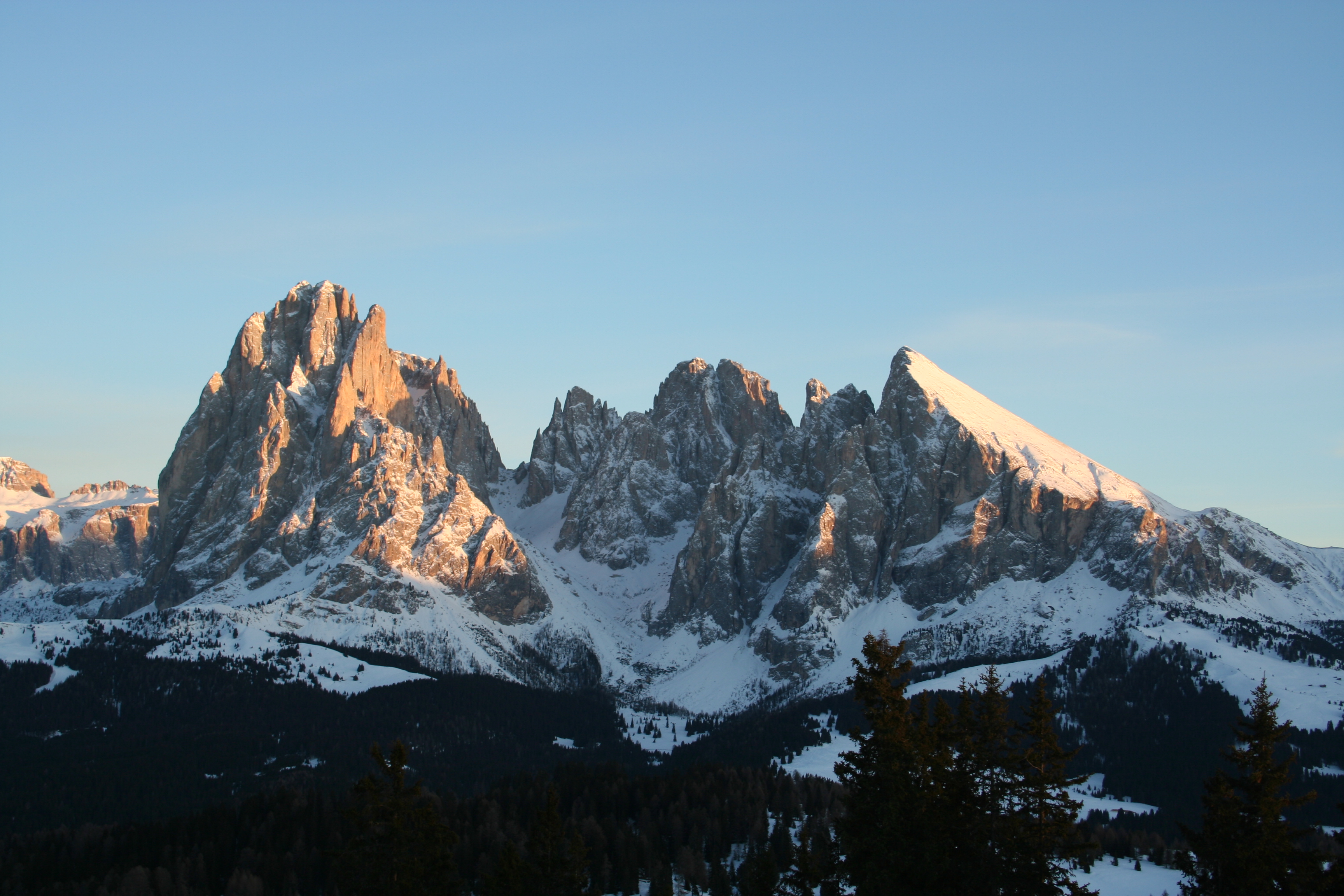Col Major on:
[Wikipedia]
[Google]
[Amazon]


 In geomorphology, a col is the lowest point on a mountain ridge between two
In geomorphology, a col is the lowest point on a mountain ridge between two
/ref> The majority of cols are unnamed and are either never transited or only crossed in the course of negotiating a ridge line. Many double summits are separated by prominent cols. The distinction with other names for breaks in mountain ridges such as saddle,
Illustrated Glossary of Alpine Mountain Landforms: Col
Retrieved 16 August 2015. Landforms Oronyms


peaks Peak or The Peak may refer to:
Basic meanings Geology
* Mountain peak
** Pyramidal peak, a mountaintop that has been sculpted by erosion to form a point Mathematics
* Peak hour or rush hour, in traffic congestion
* Peak (geometry), an (''n''-3)-d ...
.Whittow, John (1984). ''Dictionary of Physical Geography''. London: Penguin, 1984, p. 103. . It may also be called a gap. Particularly rugged and forbidding cols in the terrain are usually referred to as notches. They are generally unsuitable as mountain passes, but are occasionally crossed by mule tracks or climbers' routes. The term col tends to be associated more with mountain rather than hill ranges. It is derived from the French ''col'' ("collar, neck") from Latin
Latin (, or , ) is a classical language belonging to the Italic branch of the Indo-European languages. Latin was originally a dialect spoken in the lower Tiber area (then known as Latium) around present-day Rome, but through the power of the ...
''collum'', "neck".
The height of a summit above its highest col (called the key col) is effectively a measure of a mountain's topographic prominence
In topography, prominence (also referred to as autonomous height, relative height, and shoulder drop in US English, and drop or relative height in British English) measures the height of a mountain or hill's summit relative to the lowest contou ...
. Cols lie on the line of the watershed between two mountain
A mountain is an elevated portion of the Earth's crust, generally with steep sides that show significant exposed bedrock. Although definitions vary, a mountain may differ from a plateau in having a limited summit area, and is usually highe ...
s, often on a prominent ridge or arête
An arête ( ) is a narrow ridge of rock which separates two valleys. It is typically formed when two glaciers erode parallel U-shaped valleys. Arêtes can also form when two glacial cirques erode headwards towards one another, although frequ ...
. For example, the highest col in Austria, the ''Obere Glocknerscharte'' ("Upper Glockner Col", ), lies between the Kleinglockner
At the height of the Kleinglockner is the third highest mountain summit in Austria. However, with a prominence of only 17 metres it is arguable whether it can be counted as an independent mountain, or just as a subpeak of the Großglockner. It l ...
() and Grossglockner
The Grossglockner (german: Großglockner ; or just ''Glockner'') is, at 3,798 metres above the Adriatic (12,461 ft), the highest mountain in Austria and the highest mountain in the Alps east of the Brenner Pass. It is part of the larger Glo ...
() mountains, giving the Kleinglockner a minimum prominence of 17 metres.Willi End, Hubert Peterka: ''Alpenvereinsführer Glockner- und Granatspitzgruppe'', Bergverlag Rudolf Rother, Munich, 1990./ref> The majority of cols are unnamed and are either never transited or only crossed in the course of negotiating a ridge line. Many double summits are separated by prominent cols. The distinction with other names for breaks in mountain ridges such as saddle,
wind gap
A wind gap (or air gap) is a gap through which a waterway once flowed that is now dry as a result of stream capture. A water gap is a similar feature, but one in which a waterway still flows. Water gaps and wind gaps often provide routes which ...
or notch is not sharply defined and may vary from place to place.
See also
*References
External links
{{Commons, Mountain saddles, ColIllustrated Glossary of Alpine Mountain Landforms: Col
Retrieved 16 August 2015. Landforms Oronyms